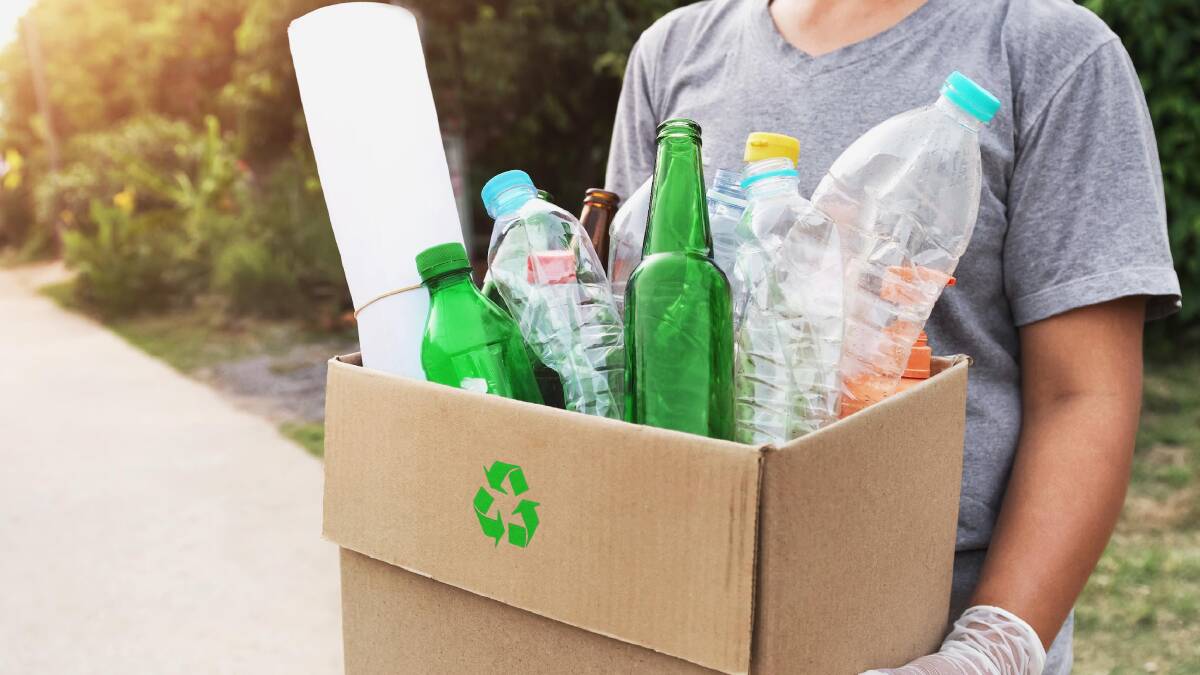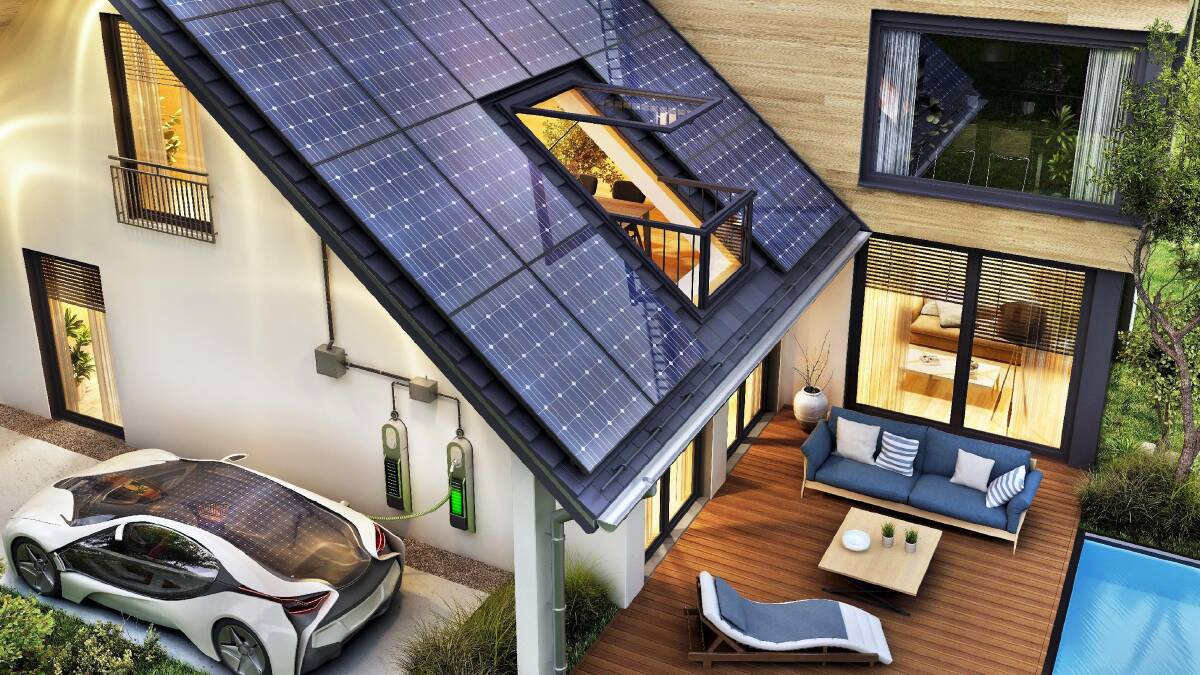Seven ways to make your home more sustainable

The damaging effects of environmental degradation are becoming too obvious to be ignored. You can help stop aggravating the problem by making your home more ecologically sustainable.
Building an eco-friendly home or optimising renewable resources in your living space makes it consume less energy. By going green, you're contributing less carbon footprint while requiring fewer resources to carry on with your daily activities at home.
Sustainable Living 101
Besides minimising energy and water use, doing these seven simple things can make your home more environmentally sustainable:
1. Choose eco-friendly household items
Whether you consider yourself an eco-warrior or not, make your home more sustainable by choosing items made from recyclable and environment-friendly materials. For instance, bamboo sheets from Ecoy and others enable premium comfort and coolness.
Avoid items that count synthetic materials as main components. The manufacturing and logistical processes for these plastics and other man-made raw materials leave a high amount of carbon footprint.
2. Switch to energy-efficient home appliances
Some environmentalists would rather get rid of major home fixtures and perform chores without the use of electricity. It's a noble cause, but it may not be fully doable.
Hence, consider buying appliances with inverter technology to ensure they don't require inflated energy use. Buying appliances such as refrigerators, air conditioners, and washing machines equipped with energy-saving features may carry a hefty price tag, but it can also help lower your bills down the road.
3. Get rid of incandescent bulbs
As a major home fixture, residential lighting accounts for about 9 per cent of a traditional home's total utilities. To prevent inflated bills, change all incandescent bulbs to light-emitting diode (LED) lights as the latter demands up to 80 per cent less energy than the former. LED bulbs also emit less heat and they last longer than their counterparts, making them the better alternative.

4. Retrofit your windows and doors
According to studies, at least 50 per cent of your home's lost energy may be attributed to your windows. Reasons include window gaps where energy could escape and an overall poor window energy management performance.
There are suspected problems with your windows if your electricity bills continue to spike even without changes to your consumption.
Replace your windows and doors or have them upgraded with energy-saving procedures such as applying double glazing, using special coating, having non-conductive window frames, and sealing. Installing weather stripping around these fixtures can also help your home become more energy-efficient.
5. Fix your leaky faucets
About 10 per cent of American homes experience faulty toilets and faucets are squandering up to 90 gallons of water daily or 10,000 gallons for the year, according to the Environmental Protection Agency (EPA).
This amount of water waste could have addressed the needs of thousands who suffer from a lack of access to water in other parts of the world.
Don't wait for simple drips to turn into a full-blown water leak. Have your home water systems checked for potential issues. It's best if you hire a plumber at least once a year to conduct preventive maintenance-checking all your pipes, faucets, toilets, and showerheads for hidden leaks or corrosion.
6. Repurposing and composting for zero waste
Plastics are a major environmental pollutant. It takes about a thousand years for single-use plastics to rot or decompose. Approximately eight million metric tons of these wastes are dumped in the world's oceans annually.
These harmful items eventually move to kill an estimated one million unsuspecting marine animals every year while some are making their way into food as microplastics.
But plastics aren't the only materials needed to be reused. Biodegradable and non-biodegradable wastes should be handled in the following ways:
- Recycling: Instead of throwing non-biodegradable items in the trash, keep them off the crowded landfills and smoke-generating incinerators by turning them into various decorative items.
- Composting: Food scraps, which are often left in the garbage to rot, can be used to enhance nutrients in your garden soil. Vegetable and fruit peels, eggshells, and coffee grounds are a few of the kitchen wastes suitable for composting.
7. Install solar panels at home
Solar panels make it possible to significantly reduce your energy consumption and make your home more sustainable. While having them in your home comes with a high price, you'll reap the benefits of having a renewable energy source and a drastic reduction in your power bill.
Final thoughts
It may be difficult to turn back the clock and significantly reduce the planet's current state. But always remember that whatever you do, whether a small step or a huge act, impacts the environment.
Doing the activities stated in this article, among other resource-saving activities, would be a favourable action toward having a better world.


